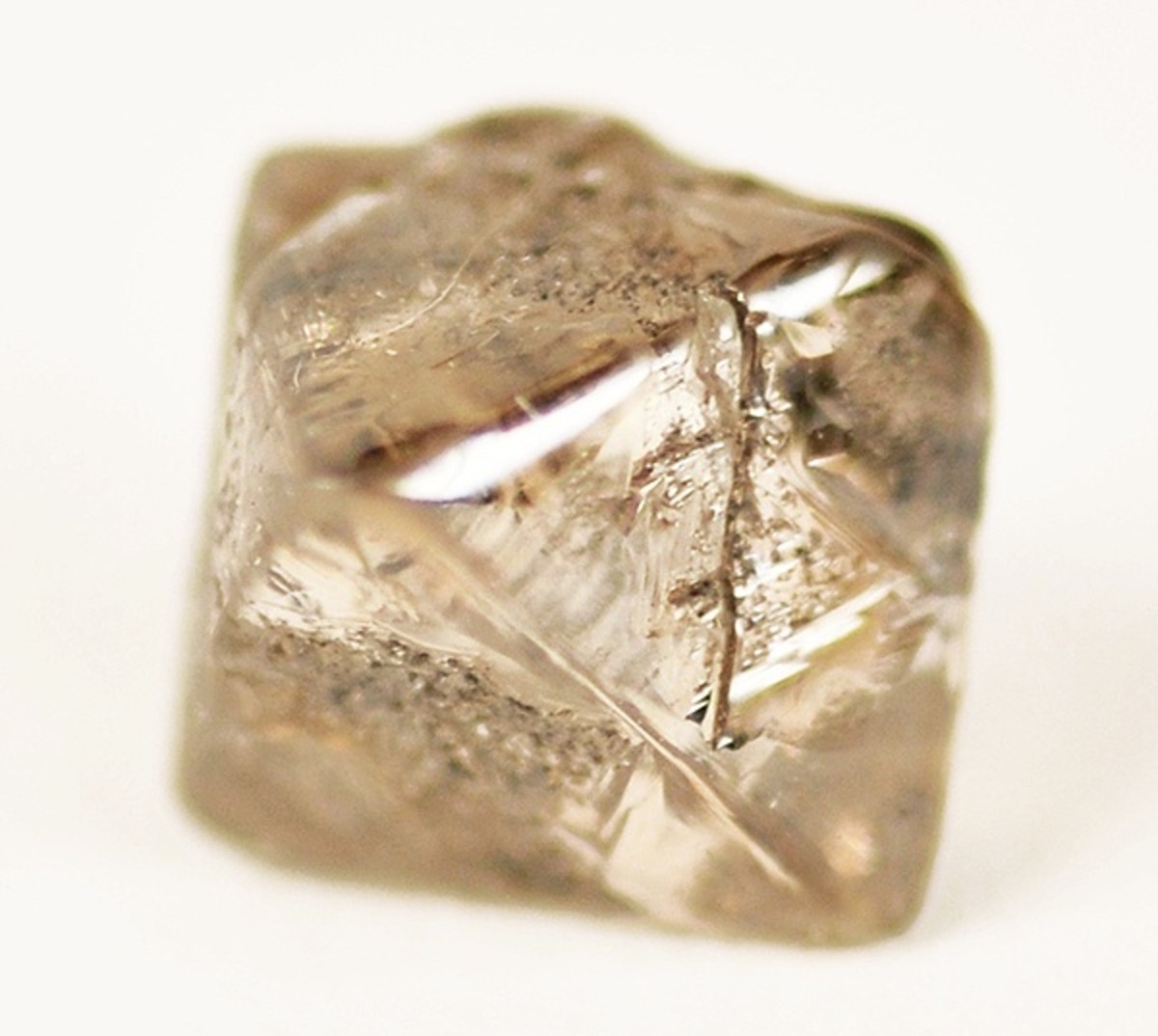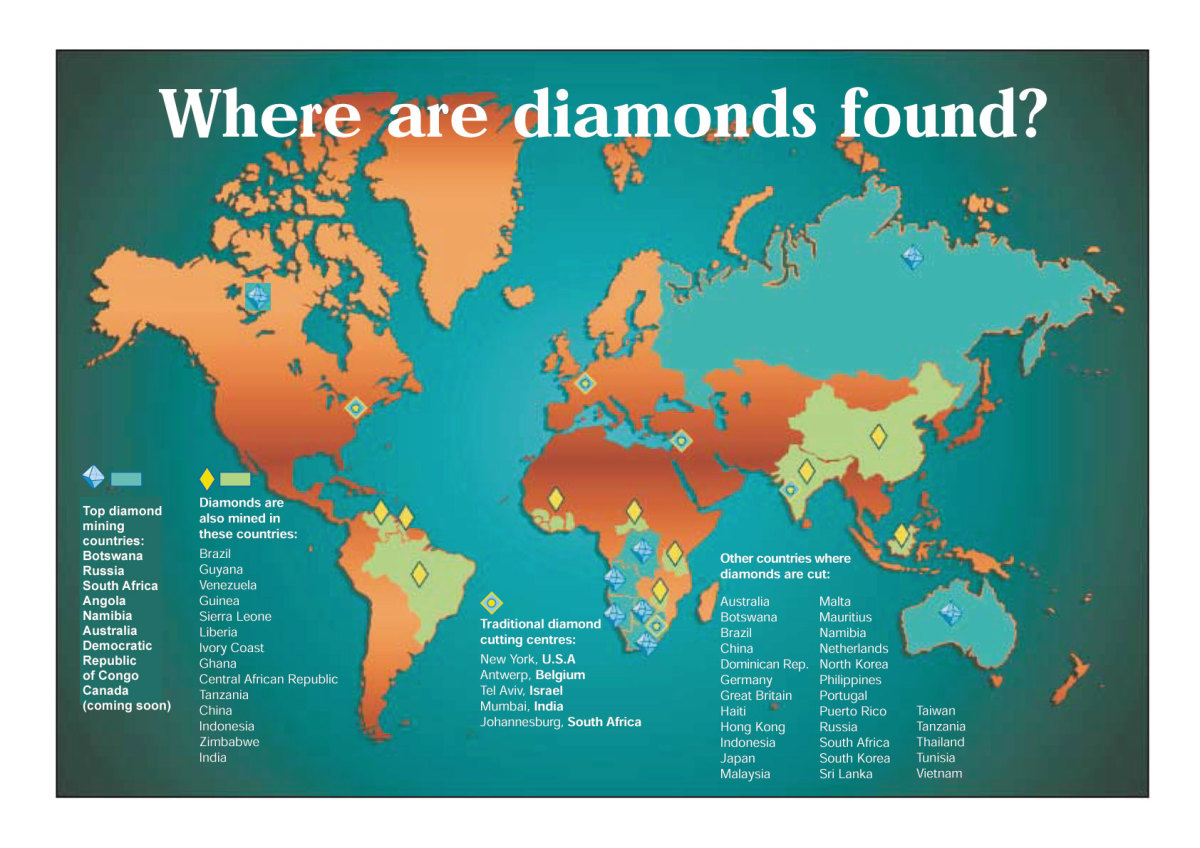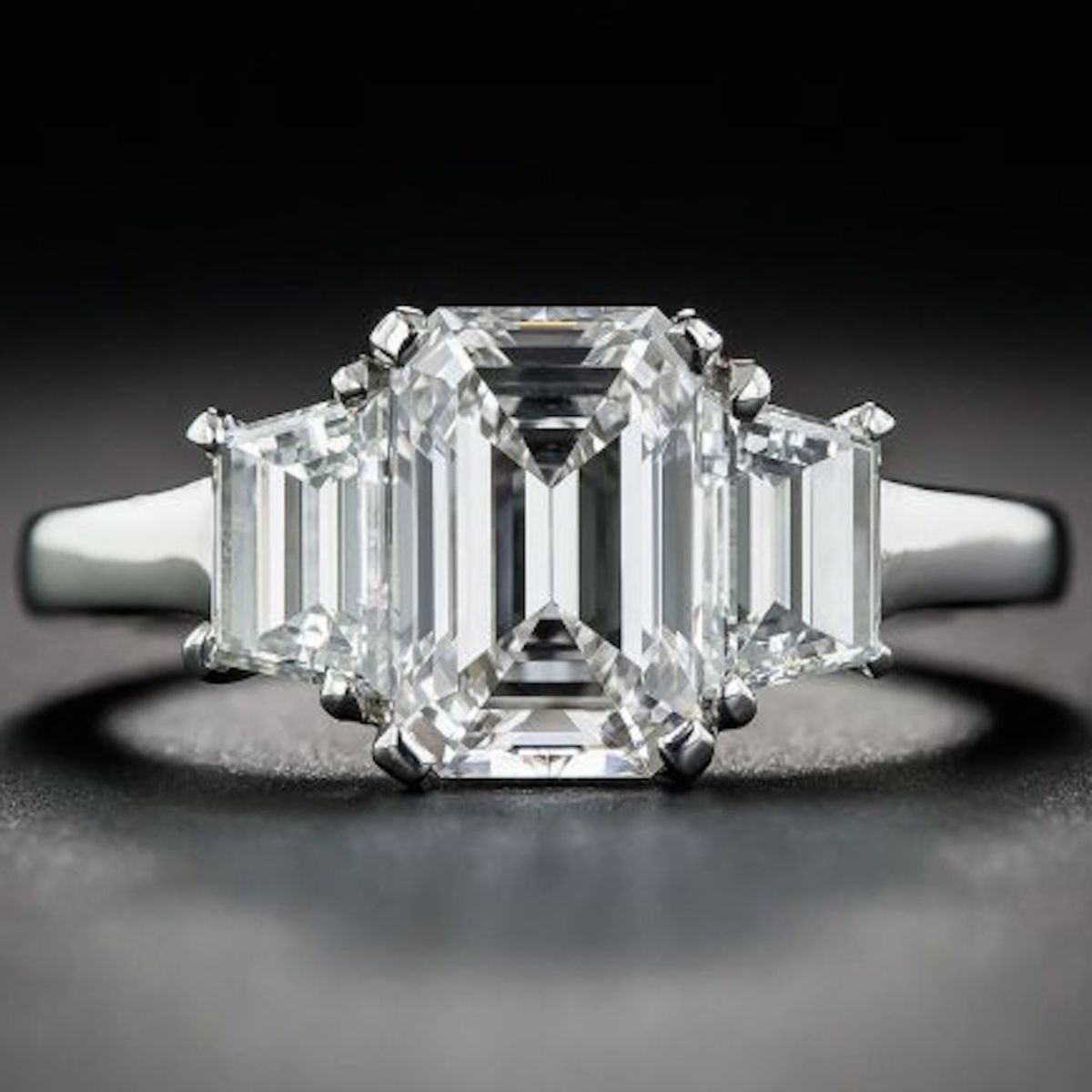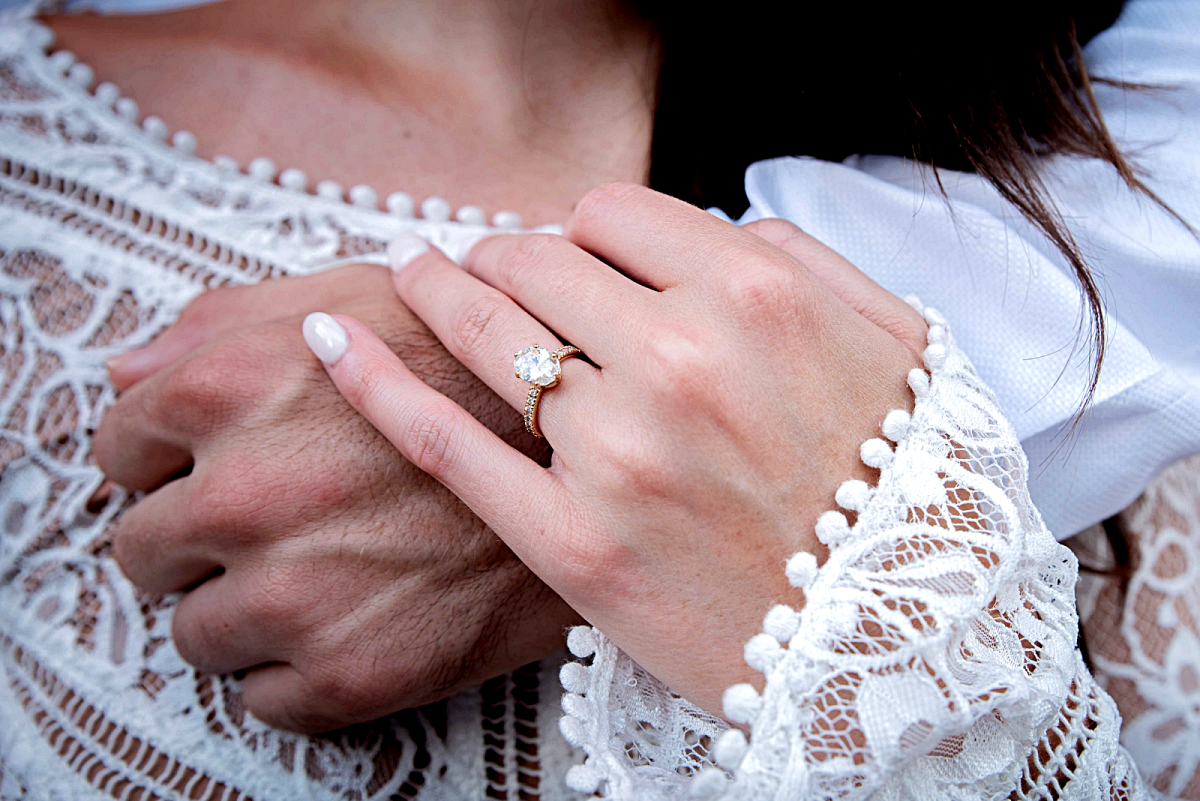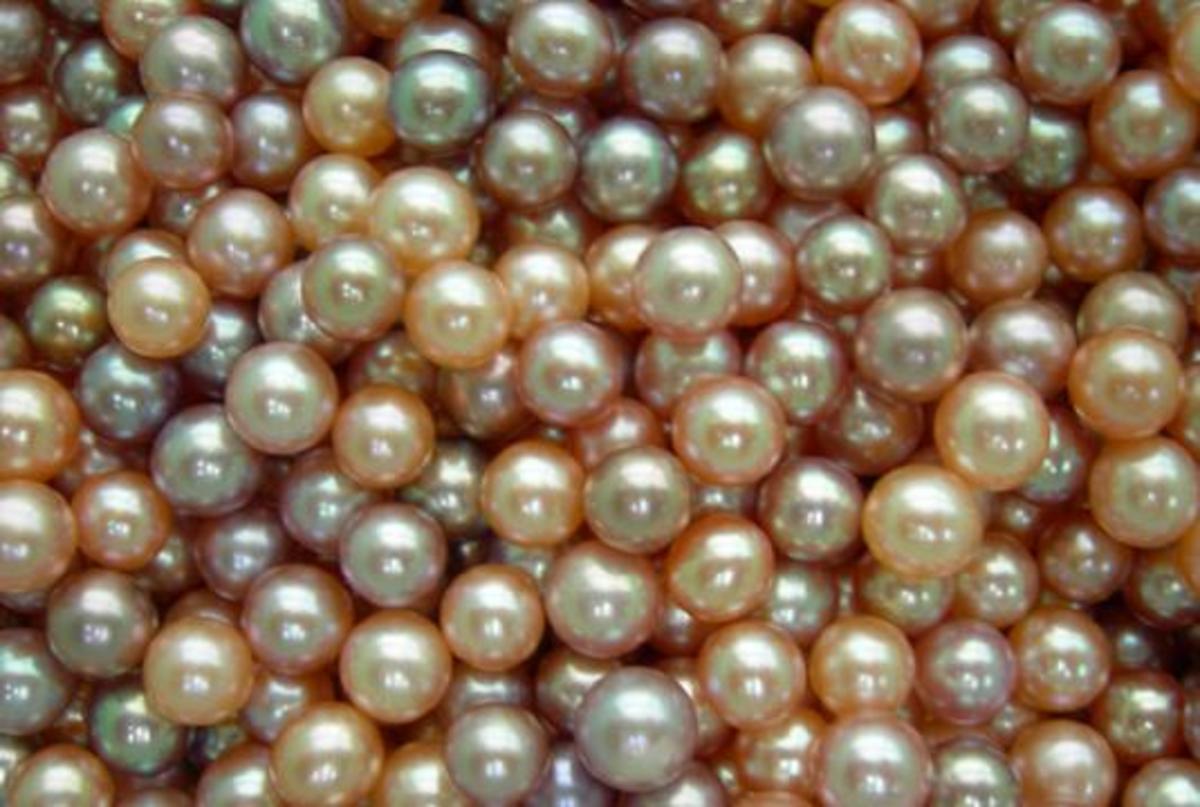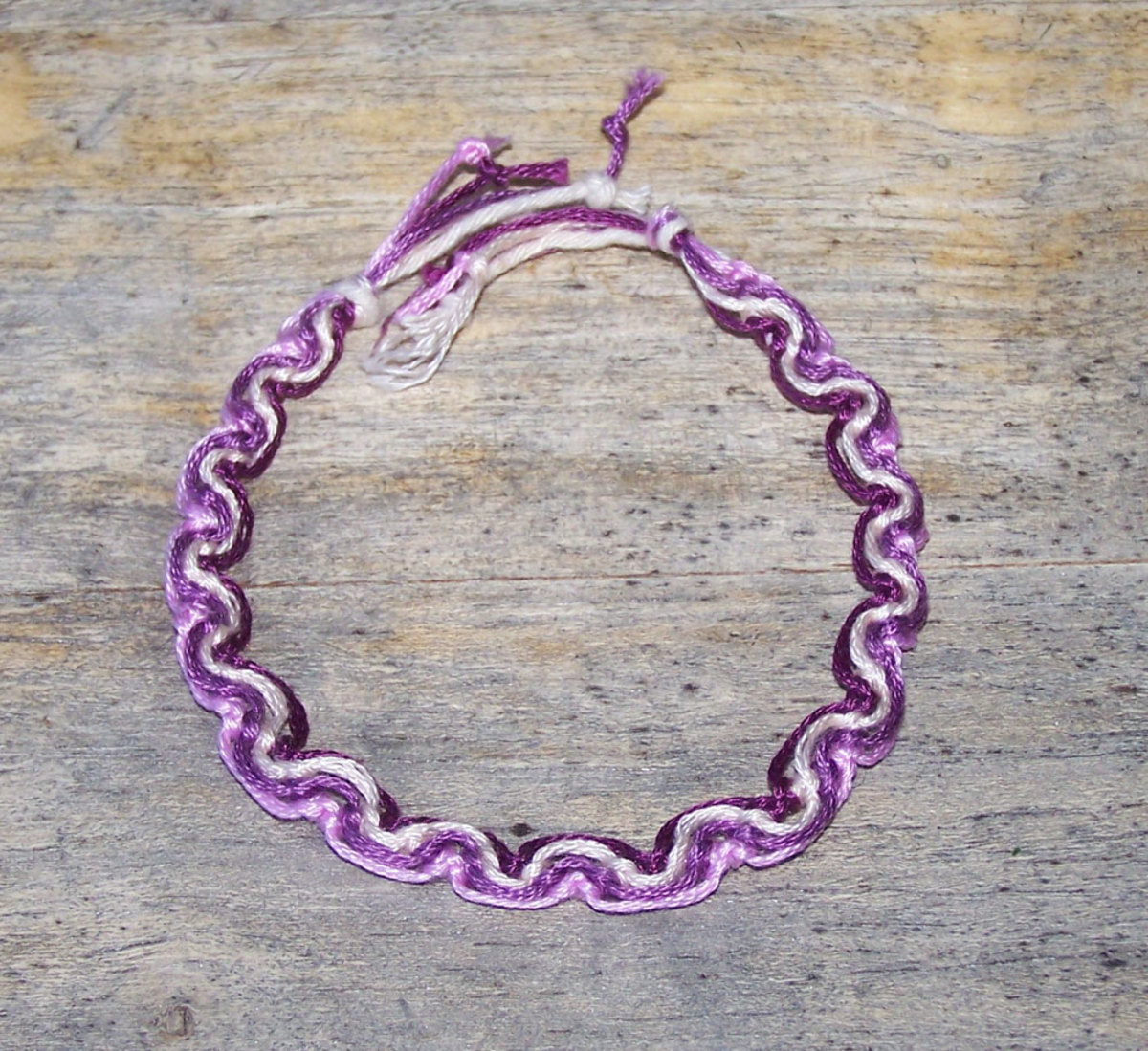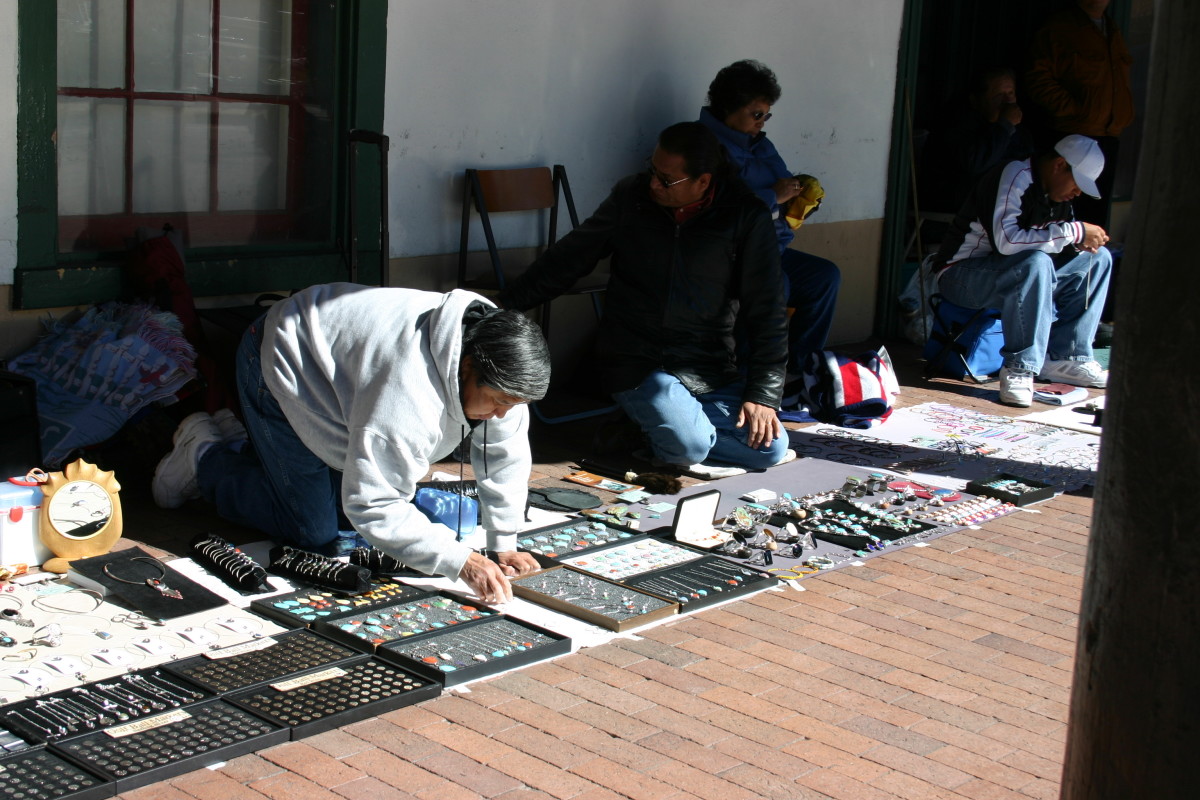How to Prevent Your Diamond From Being Switched

Most diamonds are lost from their respective mountings because the item was not brought in regularly for inspection by a professional jeweler who could have prevented the loss by a simple and free inspection of the setting. The fear of having diamond switched by unscrupulous jewelers during repairs or inspections, or as a result of a dreadful mistake made by an honest jeweler, is what prevents most people from giving their jewelry the proper care and maintenance it needs.
Fortunately there are ways to ensure your diamond is not switched while in the custody of a jeweler. First of all I must assure you that most jewelers will never consider switching your diamond for another or for a fake. It is singularly stupid to risk their reputation and the real possibility of a lawsuit that would cripple their business for a single diamond they could buy at wholesale for a fraction of the retail price.
That being said, diamond switches still do occur, so let’s look at ways we can employ to prevent a switch from happening to us.



Use reputable and establish jewelers. Use a jeweler who has ties to the community. A jeweler who has been around for many years and is a member of jewelry organizations such as; (JVC) The Jewelers Vigilance Committee. The Jewelers Vigilance Committee was formed in 1912 to provide education and self-regulation to the jewelry industry. Members operate under the highest standards of business practice after pledging to comply with all laws applicable to the jewelry industry and make accurate representations about the products they sell. (JA) Jewelers of America. Established in 1906 and representing 11,000 member stores, Jewelers of America's primary purpose is to improve consumer confidence in the jewelry industry by advocating professionalism, including high ethical, social and environmental standards. (AGS) The American Gem Society was established in 1934 to maintain the highest possible standards of business ethics in the jewelry industry. These organizations require their members to have, excellent reputation, unquestioned integrity and high business ethics. JVC will mediate on your behalf should you have a complaint about a jeweler. It’s easy to tell who is a member of these organizations because members proudly display the organization’s stickers or decals prominently on their front doors or at the back of any brochure or ad they provide.
Having your diamond tested is not enough. Every jewelry store has an electronic diamond tester. The diamond tester is a device which sends an electric current through the item and then reads how fast the electricity travels through that item. From this information it determines the density of the item being tested. The tester is set to recognize only the density of a diamond. If the item being tested is a diamond, a green light will light up. If the density of the item does not match the density of a diamond either no light will light or a red light will light signifying the item is not a diamond. As you can see, diamond testing your diamond before and after being repaired, only tells you that the item you’re receiving back is a diamond, but not necessarily your diamond.

Know your diamond’s certificate number. Most diamonds that are certified have the certificate’s number laser engraved on the girdle of the diamond. (The girdle is the line that divides the crown (top), from pavilion, (bottom) of the diamond). This is done by reputable jewelers to ensure that the customer receives the correct certificate. Ensure that the jeweler who takes in your diamond for repairs knows the diamond is laser engraved. Let him loupe the diamond and record the number on the repair ticket. Note: the engraving is so small that it is very difficult even for a trained eye to see it. Just because you don’t see it doesn’t mean is not there. Have a professional jeweler inspect the diamond with a 10 power loupe or a gem scope and locate and record the number for you.
Have the jeweler plot your diamond before leaving it for repairs. Plotting your diamond is another sure way to guarantee no unfortunate switching occurs. Plotting your diamond means drawing a topographical rendition of the natural inclusions and their location within your diamond. Every diamond has natural inclusions (fingerprints) even if they are very hard to see under 10 power magnifications. A professional jeweler can find and record the position of the inclusions, and draw a map of them. A copy of this plot is kept by both parties so you may be able to identify your diamond when it’s returned to you. If the person taking in the repair is unable to plot your diamond ask for a manager. Most jewelry managers are happy to do it as it will prevent a mistake from happening. If they refuse to plot it or claim that they are unable to do it, take your diamond to another jeweler.
These simple actions will prevent your diamonds from being switched by mistake or otherwise and will also give you the peace of mind of knowing you will be getting your precious jewelry back.


